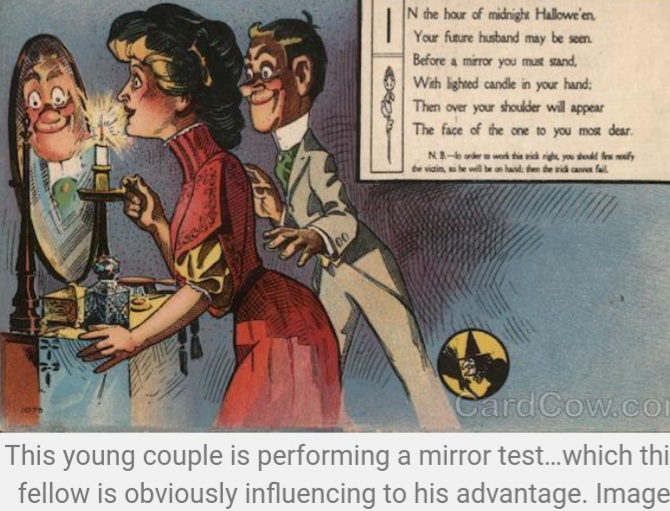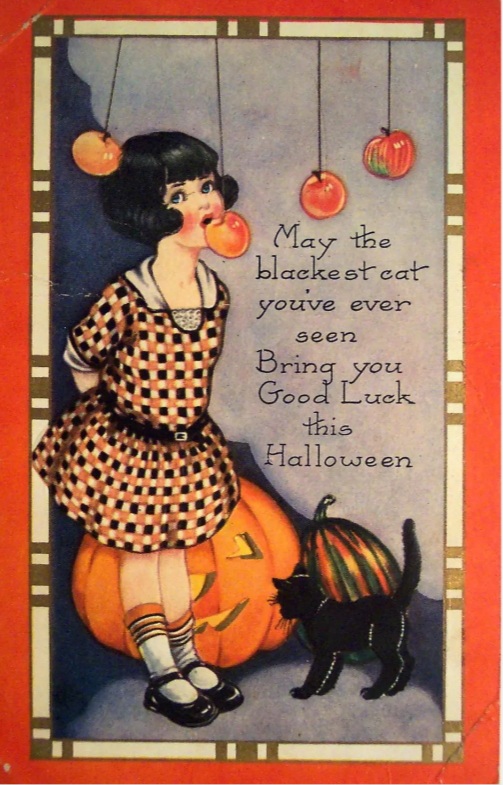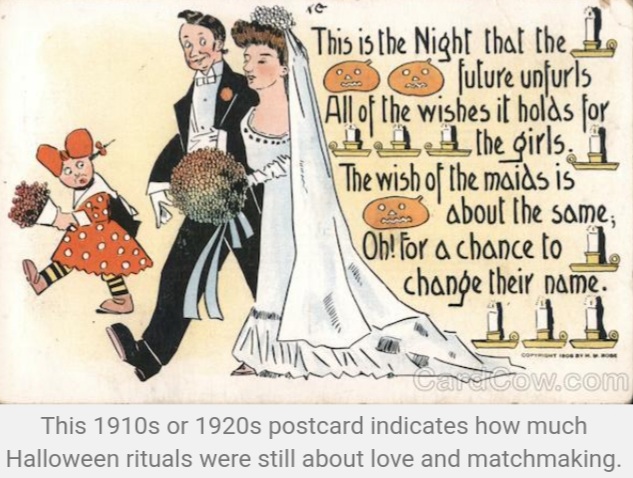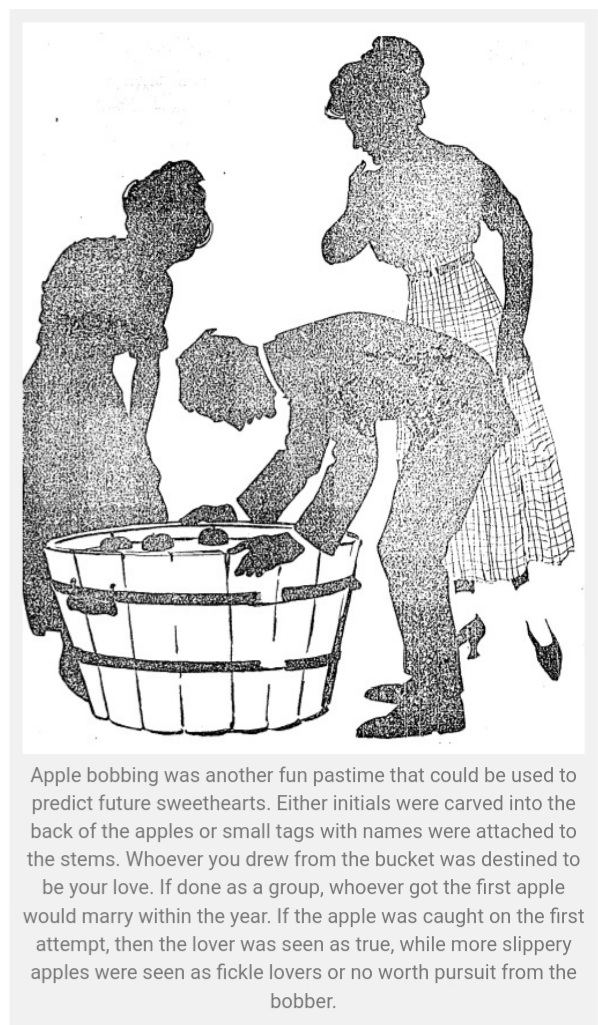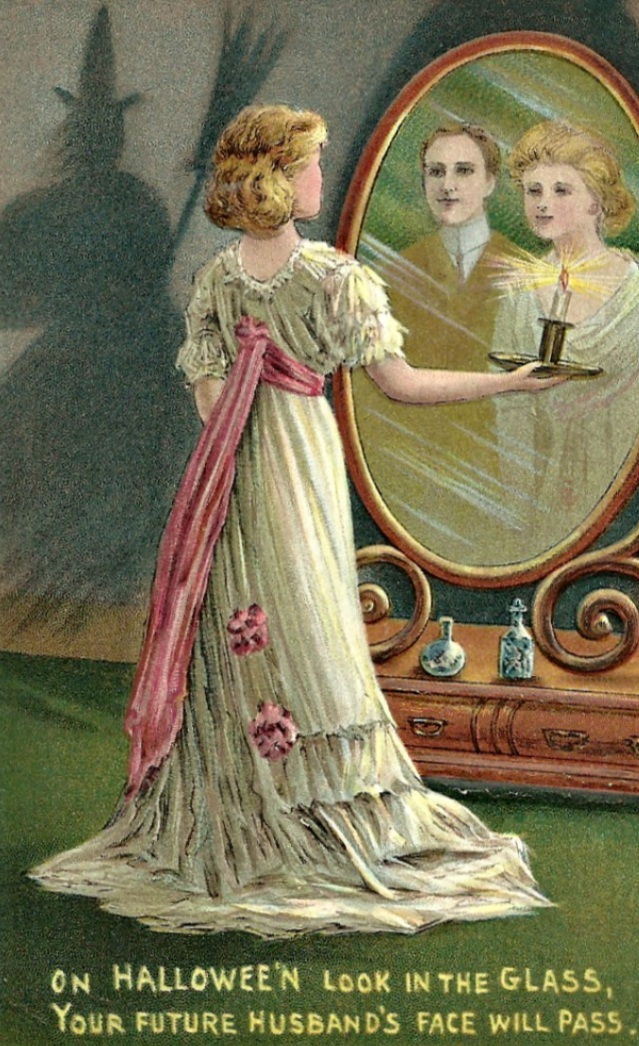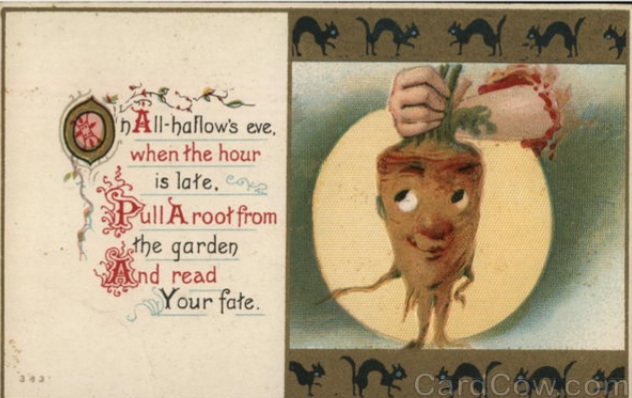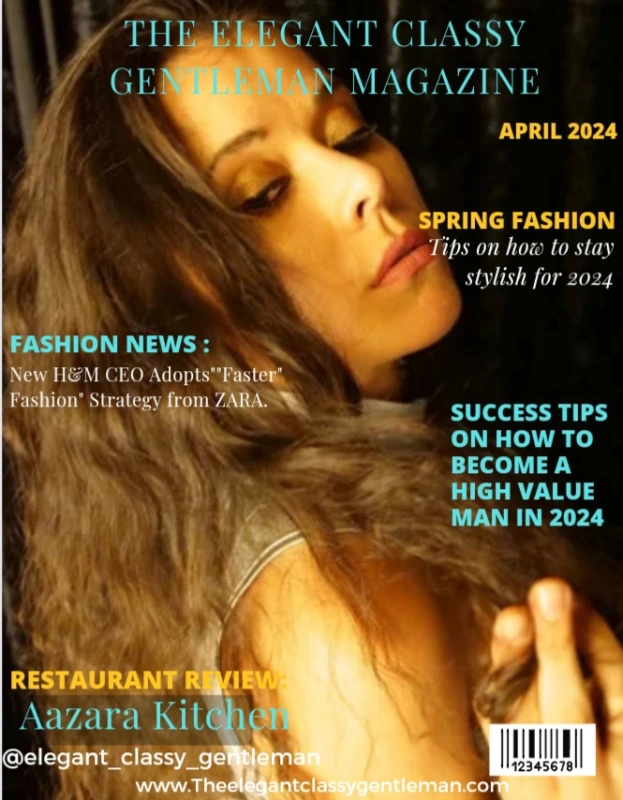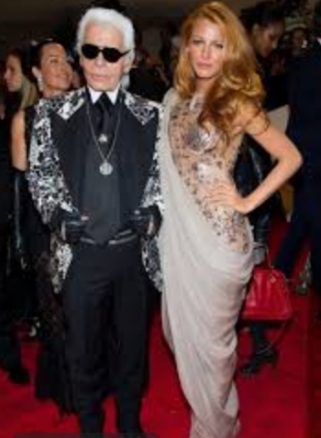One of the most oldest, masculine and classy articles of men’s neck-wear would in my opinion be the Ascot! This elegant and unique accessory has it’s origin in Europe and Great Britain. The Ascot has also changed a great deal over time, as well as the way stylish men wear it in both casual and formal situations.
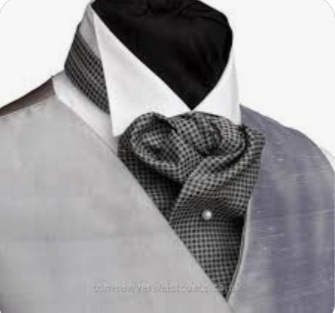
Now very often the ascot is referred to as a cravat, and the cravat an ascot (both very similar, but not the same), however in North America an Ascot (or ascot tie) is a neckband which consists of two wings of wide, pointed fabric, usually of the same size, with a connecting strip. While a Cravat is any cloth tied around the neck for decorative purposes and can therefore encompass neckties, bow ties, scarves, and even ascots. It is, essentially, an umbrella term for any decorative article worn about the neck.

Ascot

Cravat
And to make things a little more confusing there is what’s called a “Neckerchief” which is neither a ascot or cravat, but is both or a hybrid of the two, so to quill the confusion it would fall under the definition of a cravat. While these interchangeable definitions can be a little daunting, the style and elegance of wearing one is quite simple. But an ascot is a cravat, but not all cravats are ascots! Men have been wearing decorative cloths around their necks for millennia.

“In 1660 a regiment of Croats arrived in France — a part of their singular costume excited the greatest admiration, and was immediately and generally imitated; this was a tour de cou, made (for the private soldiers) of common lace, and of muslin or silk for the officers; the ends were arranged en rosette, or ornamented with a button or tuft, which hung gracefully on the breast. This new arrangement, which confined the throat but very slightly, was at first termed a Croat, since corrupted to Cravat.” The Art of Tying the Cravat (1828).

Now During the 17th & 18th centuries neck-wear was very much diverse and un-standardized, and simply consisted of various cloths and patterns of different sizes worn around the neck for decorative purposes. (“These neck-cloths evolved into a variety of standardized types that included the jabot, the stock tie, the ascot, and the bow tie”). “Fashion influencer Beau Brummell is well known for many innovations to menswear, but one of his most noticeable accomplishments was refining and subduing neck-wear. Prior to Brummell’s fashion reforms, gaudy and exuberant neck-wear, often featuring massive ruffles, lace, and detailing, was the norm. Brummell helped popularized a more sedate style of neck-wear, featuring a clean white neck-cloth in a subdued, neat knot that would become the progenitor of modern formal neck-wear.”

The ascot had it’s beginnings from the neck cloths that were commonly worn in the 17th & 18th centuries, but it came into a standardized form in the late 18th and early 19th century. It was made commonly from heavily starched linen to retain it’s shape. Over time the ascot developed into the more modern ascot-tie with a pin to hold the ascot in place.
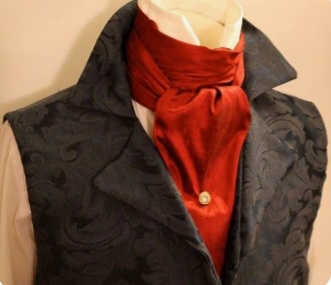
By now you could be asking yourself, how did the ascot get it’s name? Well in England of course! The famous Ascot Racecourse near Ascot Heath in Berkshire England is were the it got it’s name. The most well dressed and biggest event in sport. The dress code for this event was highly formal, and still is! The ascot got it’s name from this event sometime in the late 19th century as the Royal Ascot race became extremely popular, as well as the namesake neck-wear which was considered very formal attire.

During the 20th century the ascot was worn at day time social (formal) events, but was considered more casual than a neck or bow tie, and subsequently banned from the English Royal Ascot Races as gentleman began to wear them more casually in the 1930’s, which is called a “Day Ascot”. Unable to distinguish a Day Ascot from a Formal Ascot, the ascot became a stylish classy neck-wear accessory for gentleman.
“An ascot paired with a dressing gown was a common form of lounge wear in the early and mid-20th century.”
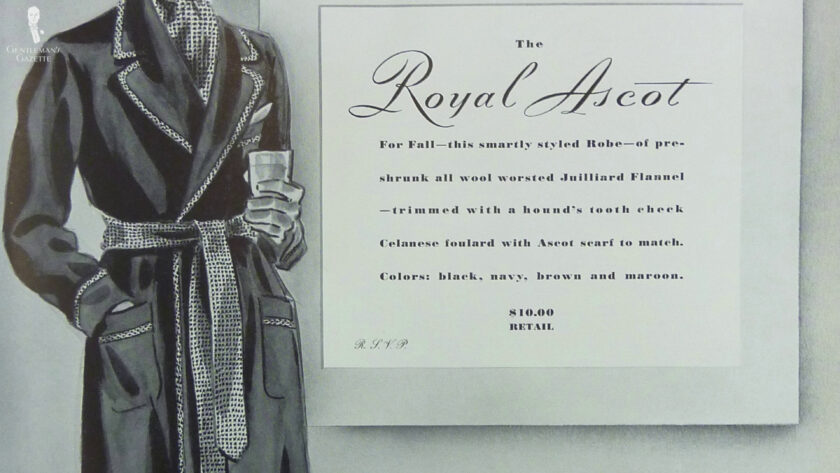
So what are you waiting for? Go out and incorporate this stylish and classy neck wear into your tie collection.

